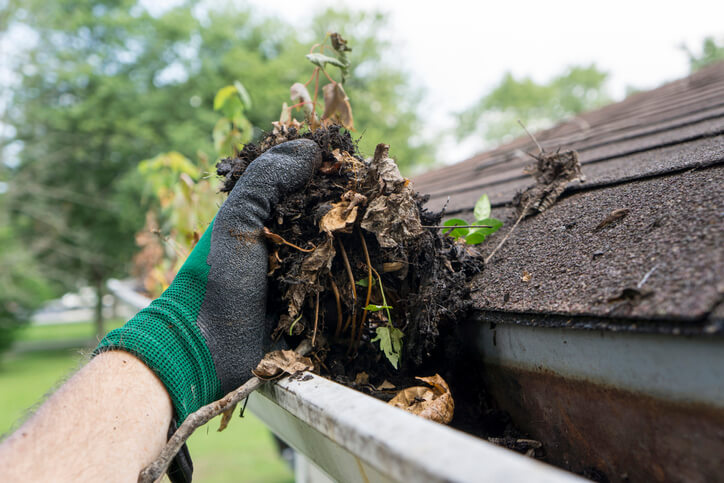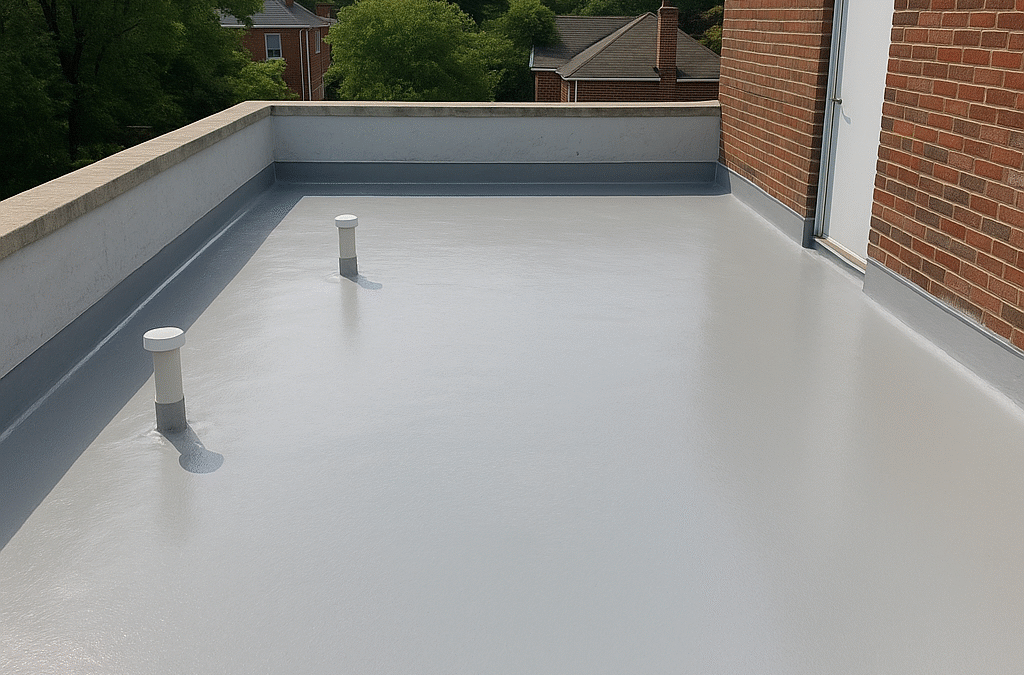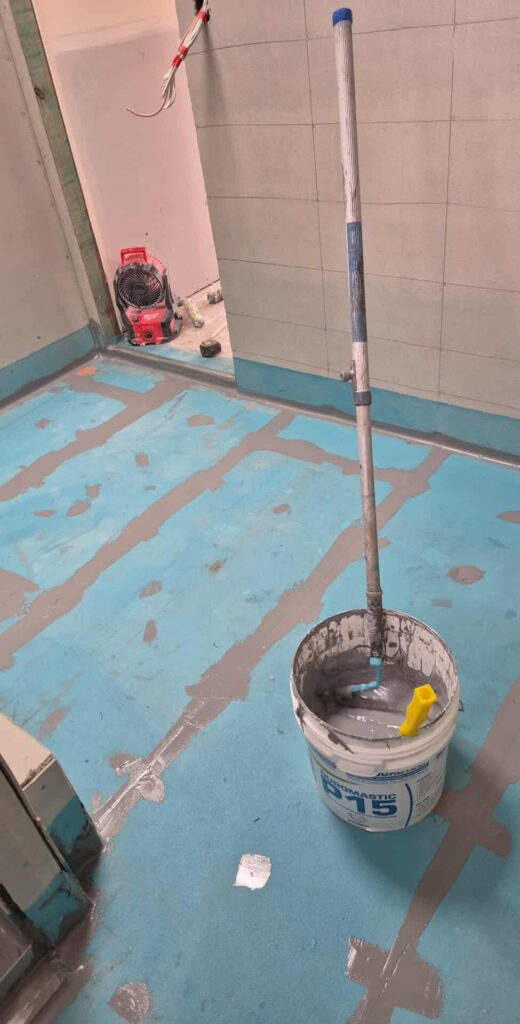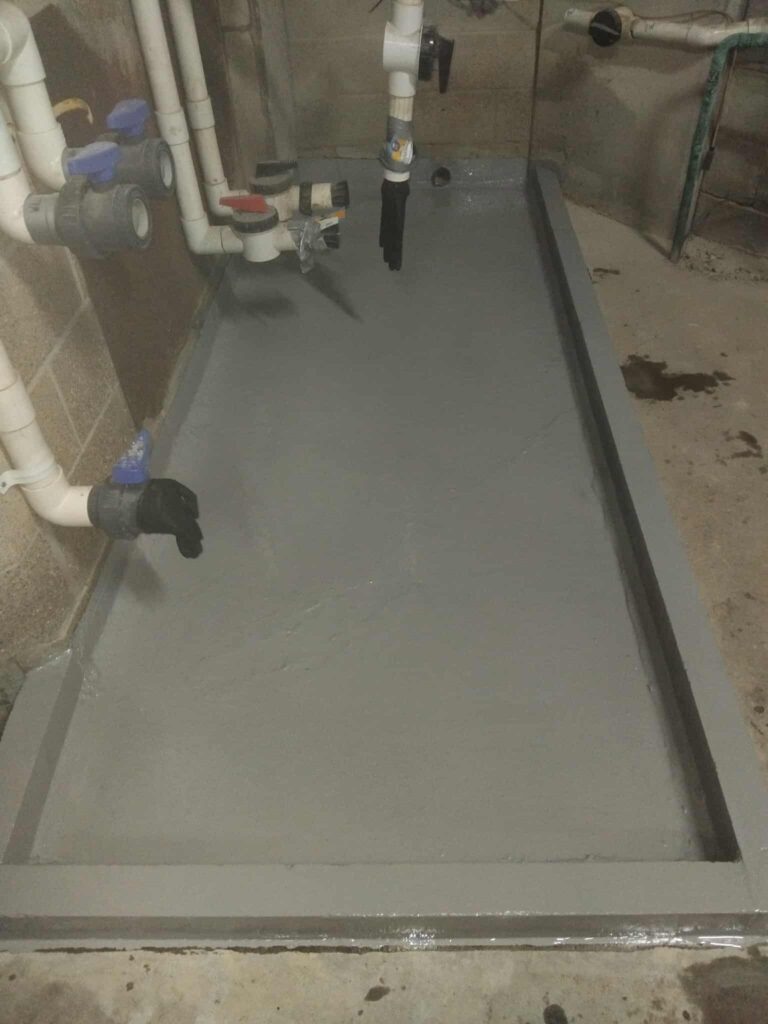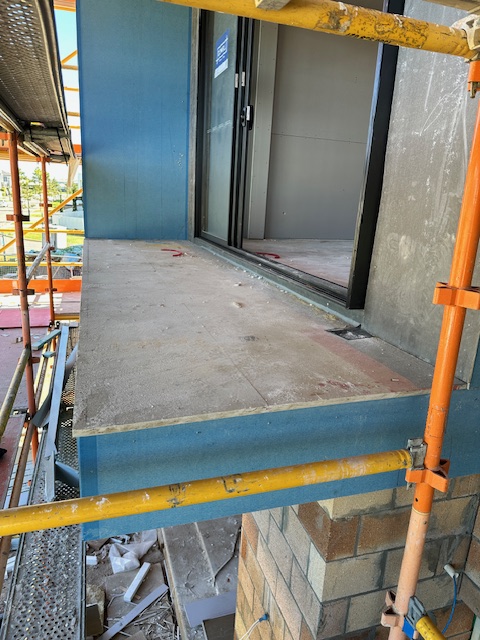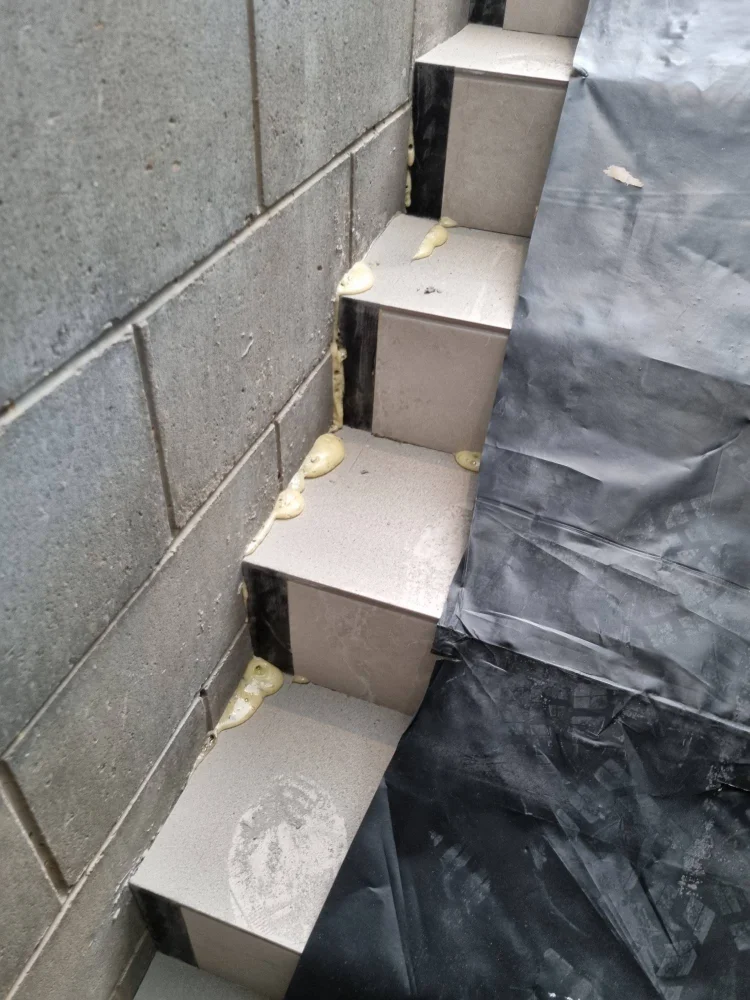Rooftop waterproofing is essential to maintaining the structural integrity and longevity of any building. Without proper waterproofing services, a roof is susceptible to water damage, which can lead to costly repairs and compromises in safety.
Knowing when to invest in rooftop waterproofing can save you from potential headaches. In this article, we’ll explore the signs that indicate your roof may need waterproofing.
Water Stains
Water stains on your ceiling or walls are clear indicators of water infiltration from the roof. These stains often appear as discoloured patches or streaks, indicating that water has penetrated through the roof membrane and into the interior of the building. Ignoring these stains can further damage your property’s structure and aesthetics.
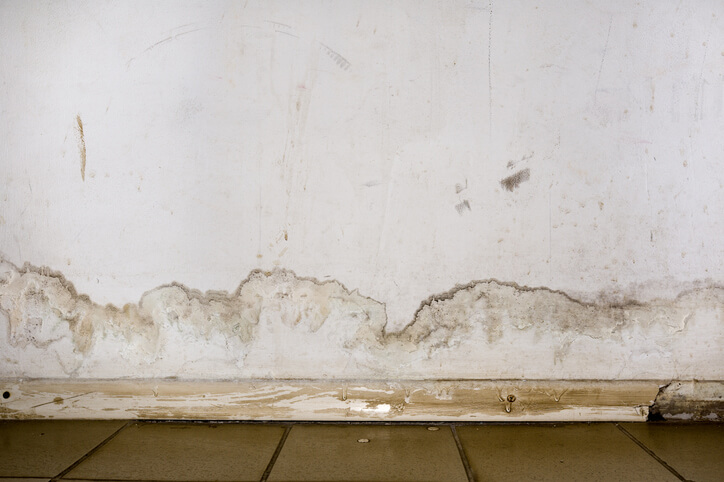
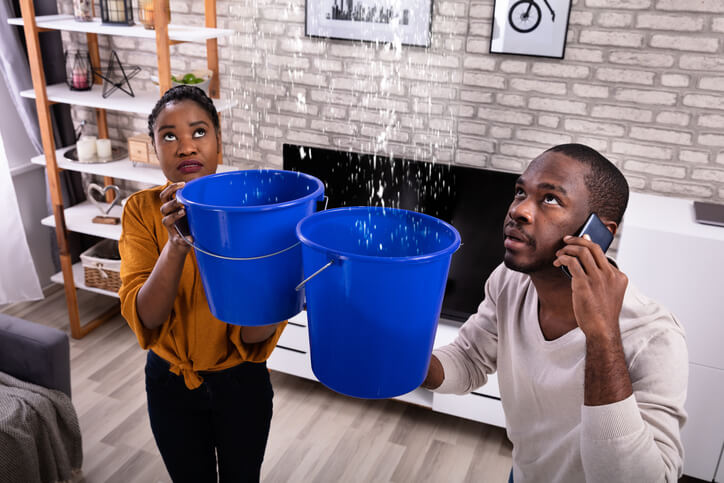
Leaks
Leakage is the most obvious sign that your roof requires waterproofing. If you notice water dripping from the ceiling or pooling on the floor after rainfall, promptly addressing the issue is crucial. Even minor leaks can escalate into major problems if left unattended, causing damage to insulation, electrical systems, and furnishings.
Sagging Roof Deck
A sagging or uneven roof deck is a serious concern that often points to underlying water damage. When moisture infiltrates the roof structure, it can weaken the decking material, causing it to warp or sag under the weight of the roofing materials. If you observe any noticeable dips or unevenness in your roof, it’s imperative to investigate and address the underlying water damage.
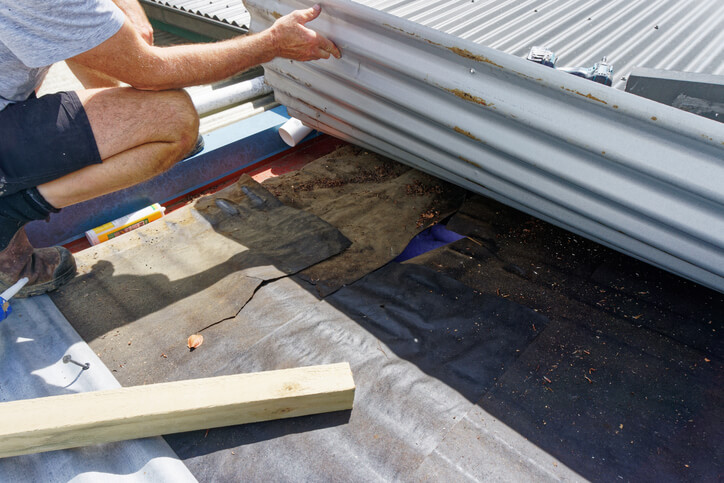
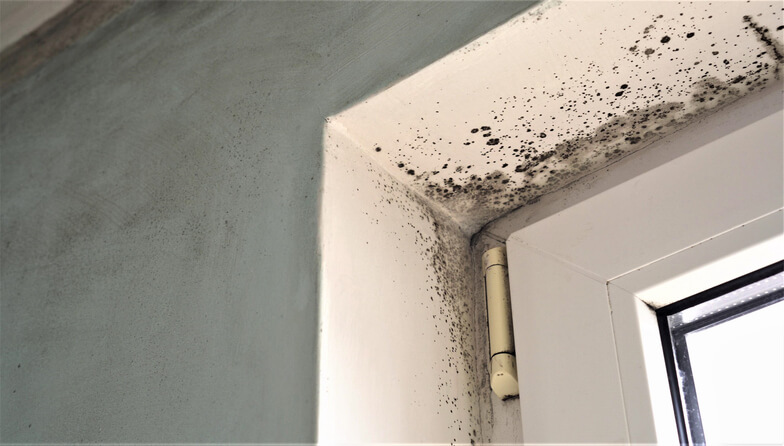
Mould and Mildew Growth
Excessive moisture within the roof system can create an ideal mould and mildew growth environment. If you notice the presence of mould or mildew on your walls, ceiling, or attic, it’s a sign that moisture is penetrating your roof and promoting microbial growth. Besides being unsightly, mould and mildew pose health risks to occupants and can compromise indoor air quality.
Deteriorating Roofing Materials
Over time, exposure to moisture can cause roofing materials such as shingles, tiles, or membranes to deteriorate. Cracked, blistered, or missing shingles are common signs of water damage, indicating that the roof’s protective barrier has been compromised and rooftop waterproofing is needed. Additionally, if you notice granules from asphalt shingles collecting in your gutters or on the ground, it may signify roof deterioration due to water infiltration.


High Energy Bills
An unexpected increase in energy bills could be attributed to a compromised roof. Water penetrating the roof compromises the insulation’s effectiveness, leading to heat loss during colder months and heat gain during warmer months. As a result, your HVAC system works harder to maintain indoor comfort levels, resulting in higher energy consumption and increased utility bills.
Structural Damage
Water infiltration through the roof can compromise the structural integrity of your building. When water seeps into the roof decking, rafters, or trusses, it can lead to the rotting of wood components, rusting of metal supports, and deterioration of concrete or masonry materials.
Over time, this structural damage can weaken the entire building’s framework, posing significant safety risks to occupants. Investing in rooftop waterproofing creates a protective barrier that shields your building from water damage and preserves its structural stability for years to come.

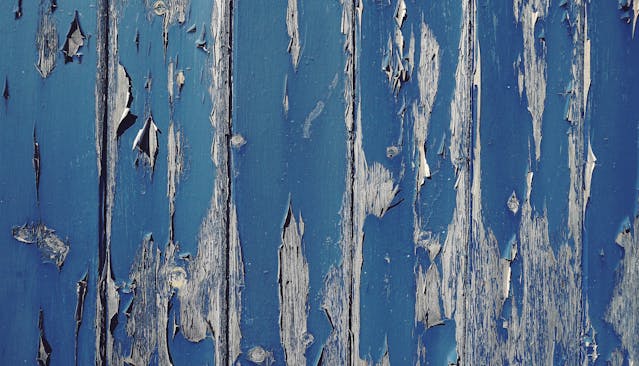
Peeling Paint or Wallpaper
Excess moisture seeping through the roof can affect the interior walls, causing paint or wallpaper to peel, bubble, or blister. This occurs when water vapour condenses on the wall surface, leading to the deterioration of paint or adhesive.
Peeling paint or wallpaper is unsightly and a clear indication of water intrusion from above. Rooftop waterproofing paint can be a big help.
Waterlogged Insulation
If you have access to your attic or crawl space, inspect the insulation for signs of waterlogging. Wet insulation loses its effectiveness in regulating temperature and can become a breeding ground for mould and mildew. Waterlogged insulation is often a consequence of roof leaks or inadequate waterproofing and should be addressed promptly to prevent further damage.
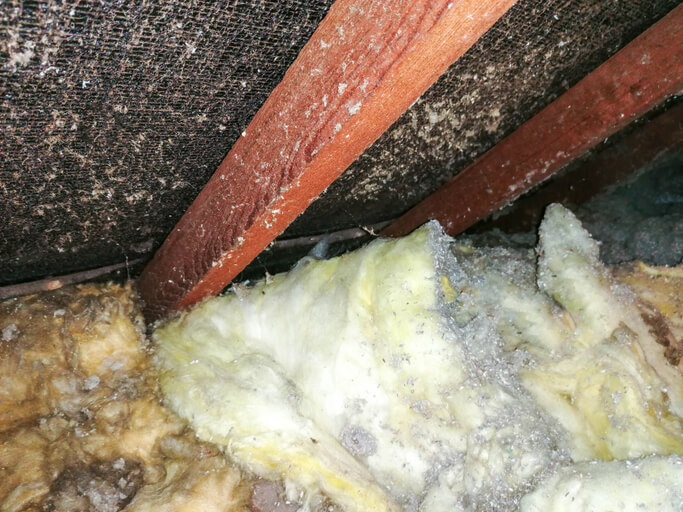
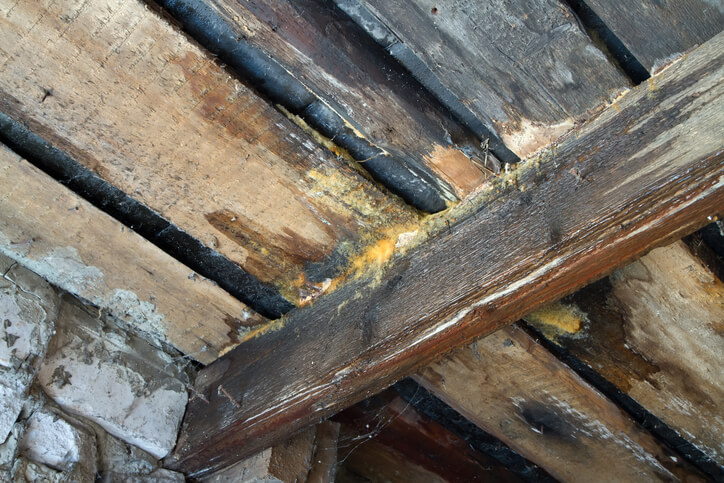
Warped or Rotten Wood
Wooden components in your roof structure, such as rafters, trusses, and sheathing, are vulnerable to water damage. When exposed to prolonged moisture, wood can warp, rot, or decay, compromising the roof’s structural integrity. Inspect your attic or crawl space for signs of warped or rotten wood, as these indicate ongoing water infiltration that requires immediate attention.
Ponding Water
Ponding water refers to the accumulation of water on the roof’s surface due to improper drainage or inadequate slope. Flat or low-slope roofs are prone to ponding water, leading to deterioration of roofing materials and eventual leaks. If you notice standing water on your roof for more than 48 hours after rainfall, addressing drainage issues and considering waterproofing measures to prevent further damage is essential.

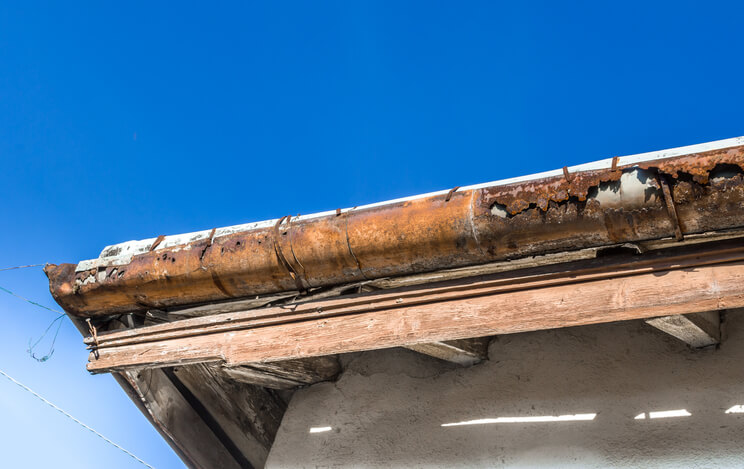
Rust and Corrosion
Metal components such as flashing, gutters, and fasteners are susceptible to rust and corrosion when exposed to moisture for extended periods. Rusty or corroded metal surfaces compromise their structural integrity and effectiveness in diverting water from the roof. Regularly inspect metal elements for signs of rust or corrosion, as they may indicate underlying water intrusion and the need for waterproofing.
Foul Odors
Persistent musty or mouldy odours within your property can signal hidden moisture problems, including roof leaks or inadequate waterproofing services. These odours result from microbial growth thriving in damp environments and can permeate through the building’s interior. If you notice foul odours that persist despite efforts to ventilate or deodorise, it’s crucial to investigate the source, which may involve addressing roof-related water issues.

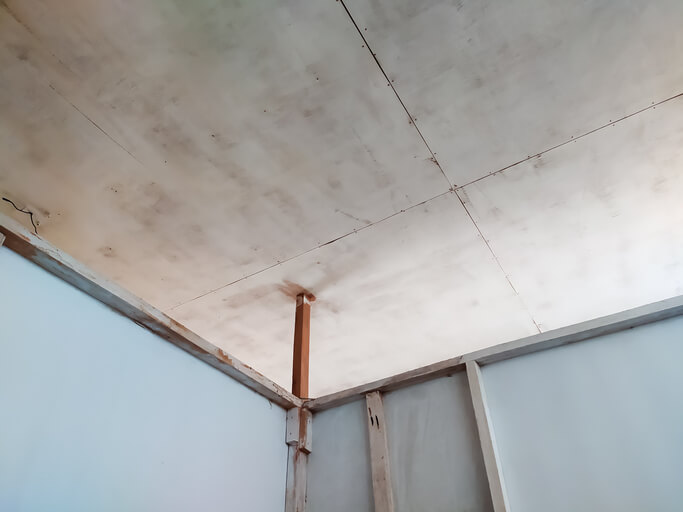
Ceiling Discolouration
In addition to visible water stains, ceiling discolouration can also be a telltale sign of roof leaks and water damage. Look for areas of the ceiling that appear darker or discoloured than the rest of the surface. These discolourations may indicate that moisture is seeping through the roof and saturating the ceiling material, leading to stains and discolouration over time.
Gutter Issues
Damaged or malfunctioning gutters can contribute to water infiltration and roof damage. If your gutters are clogged, broken, or improperly installed, they may not effectively channel water away from the roof, leading to pooling water and potential leaks.
Additionally, you notice water overflowing from the gutters during rainfall or signs of erosion around the gutter system. In that case, addressing these issues promptly is essential to prevent water from seeping into the roof structure.
